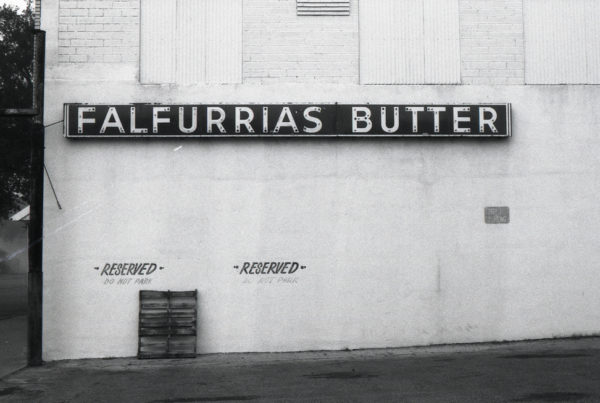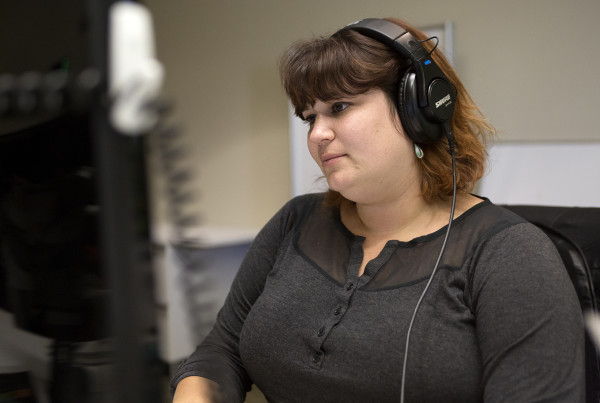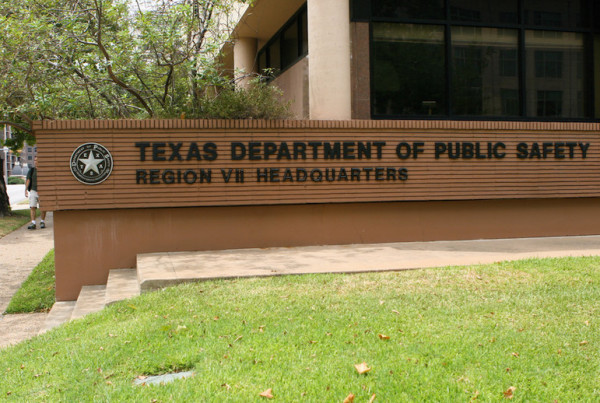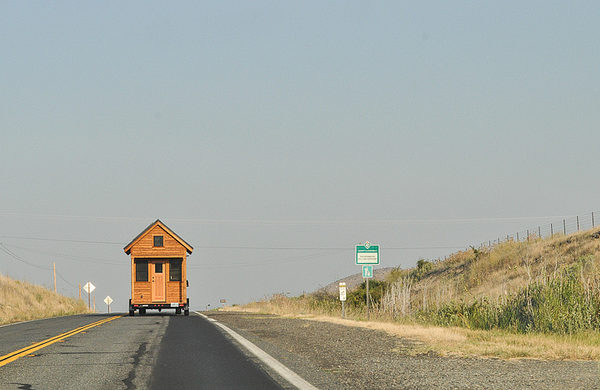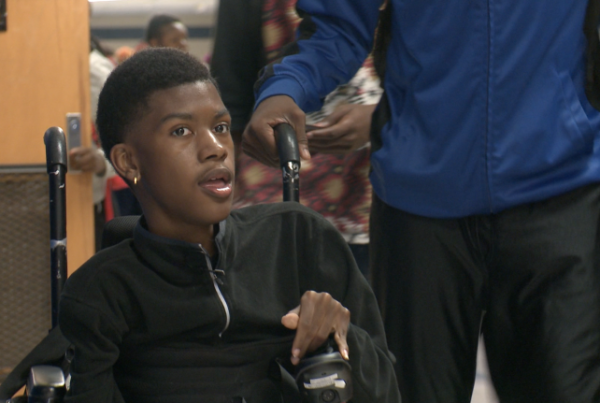Most kids can’t wait until school’s out but for some young Texans, summer means not being able to count on lunch.
More than 17 percent of Texans don’t know where their next meals are coming from. A state program offers midday meals to help low-income students get fed during summer break, but it’s not getting used as often as it could, or should, be.
Researchers at Baylor have studied transportation issues that leave hungry kids stranded. Dr. Kathy Krey, head of research at the Texas Hunger Initiative at Baylor University, says only about 10 percent of Texas kids who get free or reduced lunches during the school year also get those lunches during the summer.
“This study that we conducted was really the first to take existing data and really look across the state and see what some of those variables are that are associated with a neighborhood having a site,” she says. “What we found was that transportation plays a really key role in whether or not a neighborhood has a summer meal site.”
There are two issues in examining summer meal programs: locations of meal sites and transportation to and from those meal sites. Urban areas, Krey says, are likely to have more sites than rural areas, because they’re more densely populated and residents can walk or take public transportation. But the need for summer meal programs in urban areas far outstrips the need in rural areas.
“Families are often relying on sources of public transportation,” she says, “so they need more sites closer to them to be able to access them.”
Cities and school districts around Texas have retrofitted school buses or other vehicles to deliver meals, which Krey says has worked well. Other innovative ideas include partnerships with the Texas Department of Transportation to use existing infrastructure.
“In Lubbock, I know they used existing bus routes to get kids to meals and city buses had maps of meal sites available to kids and families,” she says. “Those are some good examples of ways to overcome this transportation barrier.”




